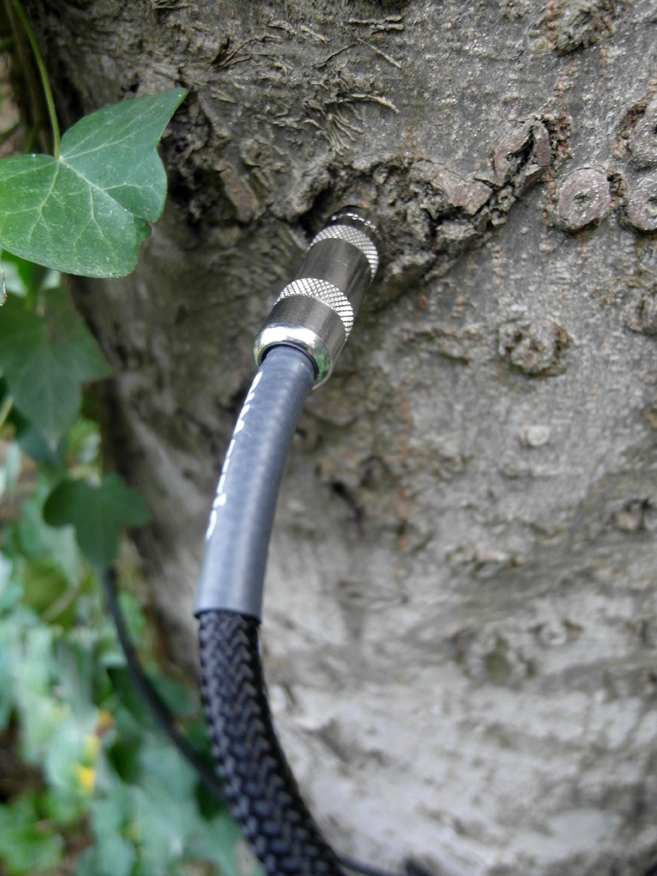ArtReview sent a questionnaire to artists and curators exhibiting in and curating the various national pavilions of the 2015 Venice Biennale, the responses to which will be published daily in the lead-up to the Venice Biennale opening.
Céleste Boursier-Mougenot is representing France. The pavilion is in the Giardini.
What can you tell us about your exhibition plans for Venice?
I want to invite viewers to an ensemble of sensory experiences that blur the antitheses between human and vegetal, machines and living organisms, inside and outside, fixed and mobile, fast and slow. For example I use low-voltage electrical currents to make trees move around inside the pavilion. I create landscapes and soundscapes that allow for a different experience of time and space and a renewed way of listening, looking, sensing…
Are you approaching this show in a different way as to how you would a ‘normal’ exhibition?
In many ways, no, but the context of the Giardini and of national pavilions is of course important. I am interested in challenging architecture as boundary (not just physical but also national), in turning space inside out, inviting the garden inside…
What does it mean to ‘represent’ your country? Do you find it an honour or problematic?
I don’t think in terms of ‘representation.’ I am more interested in how a soundscape can lead to a new form of listening, to a sensory openness, and that may have individual but also social implications.
What are your earliest or best memories of the biennale?
In 1999 I went to the opening of the biennale (with Italian friends whom I was working on a project in Rome with) and I remember Ann Veronica Janssen’s striking white fog that had enveloped the entire Belgian pavilion. I also remember the collaboration by Peter Bonde and Jason Rhodes in the Danish pavilion, which was transformed into a racecar garage.
You’ll no doubt be very busy, but what else are you looking forward to seeing?
I look forward to discovering new sights, visiting the street markets, bars and restaurants and tasting the local cuisine.
How does a having a pavilion in Venice affect the art scene in your home country?
In the small town where I live with my wife and family (the important industrial fishing port of Sète on the Mediterranean), the local artistic scene is “folkloric” and very few people concern themselves with an event like the Venice Biennale, despite its importance for the international contemporary art world.
Read all responses to the Venice Questionnaire 2015 edition published so far
Read all 30 responses to the Venice Questionnaire 2013 edition
Online exclusive published 7 April 2015
